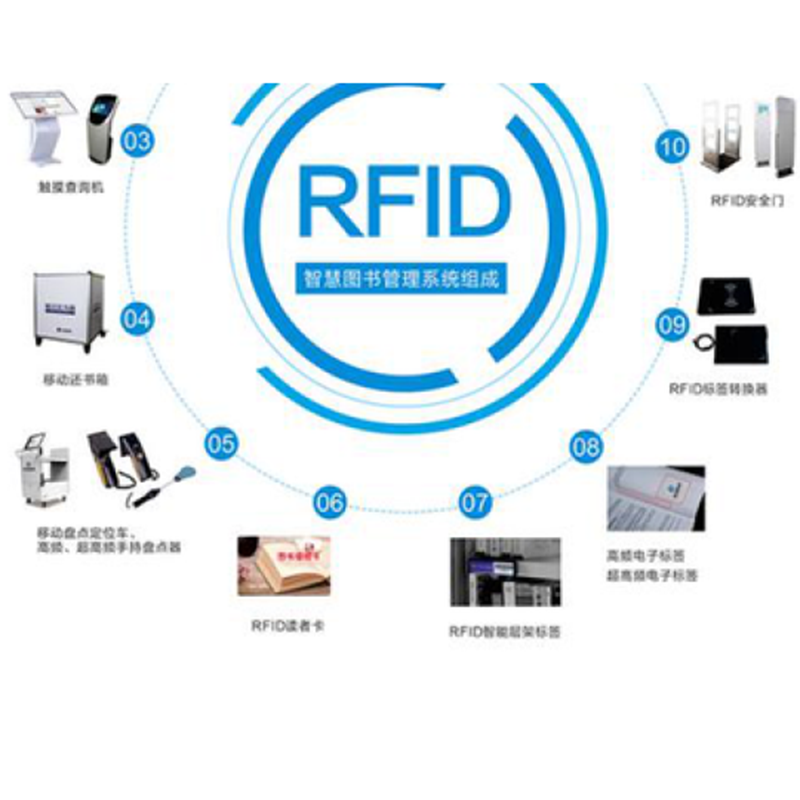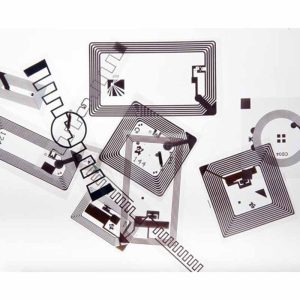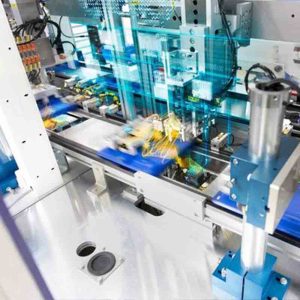Typical application scenarios of RFID intelligent manufacturing using wireless radio frequency identification technology 123
The production and manufacturing industry is the foundation of a country. With the development of the economy and the transformation of industrial digitization, there is an increasing amount of production data. The management mode of traditional manufacturing industry faces many problems. Production enterprises cannot obtain real-time production data or accurate production data in a timely manner, which affects production progress and brings huge losses to enterprises. With the development of the Internet of Things, the introduction of RFID technology has helped to achieve automated identification, data collection, and intelligent management in the industrial manufacturing field. RFID technology has the advantages of long-distance non-contact reading and writing, large data capacity, fast reading speed, batch reading, reusability, strong anti-interference ability, and can adapt to complex working conditions. It can automatically identify target objects and obtain data through RF signals, playing an important role in industrial production management and production process automation control.
- Production tracking and traceability use production equipment, vehicles (molds, pallets), etc. as carriers to identify and manage workstations and workpieces on the assembly line through RFID anti metal labels, high-temperature resistant RFID labels, etc. Industrial RFID readers are used to quickly and accurately connect information between processes and workpieces, avoiding phenomena such as incorrect or missing parts caused by manual operations. Lean production is achieved through real-time and transparent tracking and traceability management of work in progress. By installing RFID readers and writers at workstations that require control on the production line, which are bound to the process, RFID tags can be installed on the tooling board or work in progress that carries the work in progress; Before starting production, read the RFID tag ID of the tooling board through an RFID reader, bind the tag ID with the product code, production serial number, product batch number, quantity, etc. of the work in progress, and generate secondary production information (such as name, number, batch, etc.) in the production interface of the management software; When the product arrives at the workstation where an RFID reader is installed, the RFID reader automatically recognizes the RFID tag ID on the fixture board and uploads it to the backend. The backend automatically updates the process progress of the order in real time, and the manager can track the production progress of the order in real time; If there are quality problems with the finished products produced offline, the entire process can be traced through system production data to quickly identify the problem link, optimize and improve production management, and reduce losses.

Typical Applications of RFID Intelligent Manufacturing
Typical application scenarios of RFID intelligent manufacturing using wireless radio frequency identification technology 123
- Production reporting is the process of binding electronic tags with production work orders for order association. The industrial RFID reader is installed at the corresponding workstation, and when the RFID tag reaches the fixture position during the production process, it is recognized by the industrial code reader. Based on the tag ID, the order information is obtained and automatic work reporting processing is carried out. The production line kanban management system collects, summarizes, analyzes, and displays data from each production stage in a timely and accurate manner, and keeps track of the production progress in real time.
- AGV feeding cart station identification is achieved by installing RFID readers and writers below the AGV material handling cart, placing pallets, material racks, material boxes, and other goods on the feeding cart for transportation. The RFID readers and writers identify the RFID landmarks on the path nodes to select stations for feeding. Install RFID landmarks with station codes at key nodes on the material circulation transportation route, and the workshop operators call for the required materials at the material counting end. The central dispatch dispatch corresponds to the AGV to start transporting the materials. During the AGV’s journey, the RFID reader under the vehicle actively recognizes the location information stored in the RFID landmark and feeds it back to the PLC controller (control module). After receiving the encoded data and processing the information, the PLC controls the AGV feeding vehicle to stop at the correct station according to the feeding route. After the materials are delivered to the station, the AGV feeding truck can transport the materials to the next station according to the instructions. After all feeding instructions are completed, the feeding truck returns to the starting point according to the set route.
Typical application scenarios of RFID intelligent manufacturing using wireless radio frequency identification technology 123
The use of RFID technology and equipment can help enterprises improve the controllability of the production process, reduce manual intervention on the production line, collect production line data in a timely and correct manner, and arrange reasonable production plans and schedules. For further information on products and solutions, please contact us






